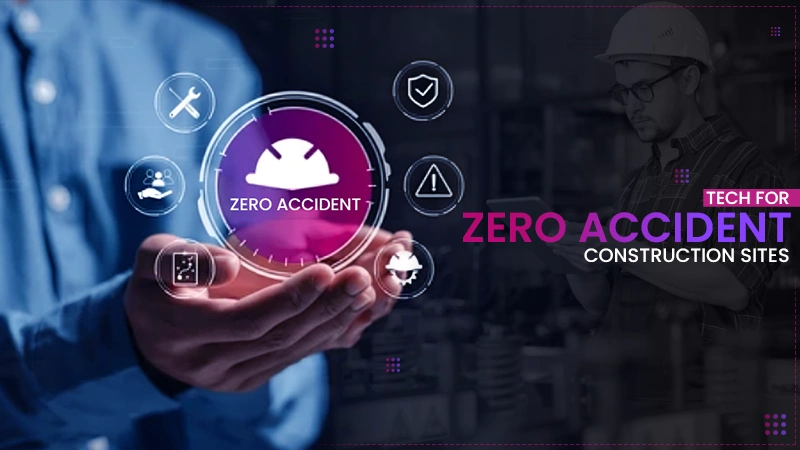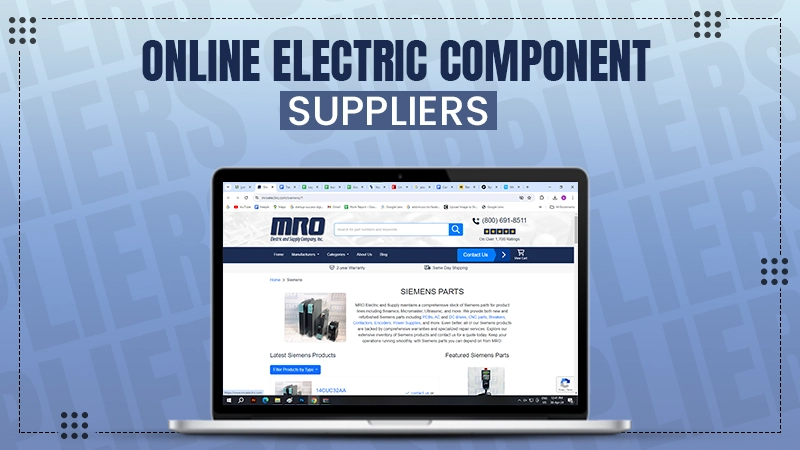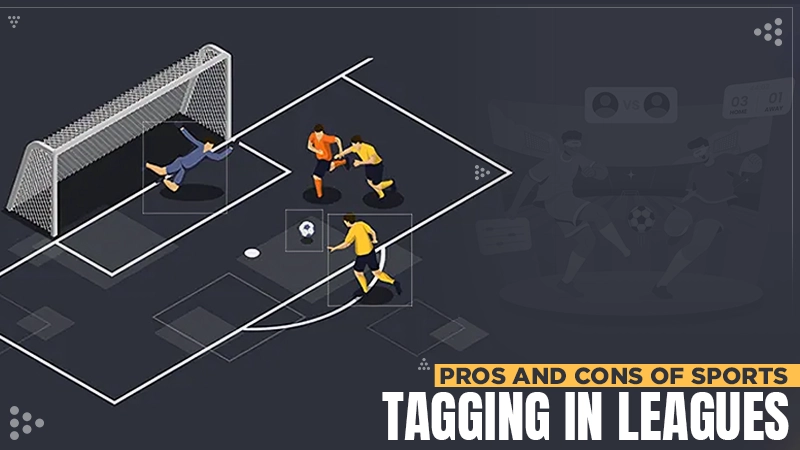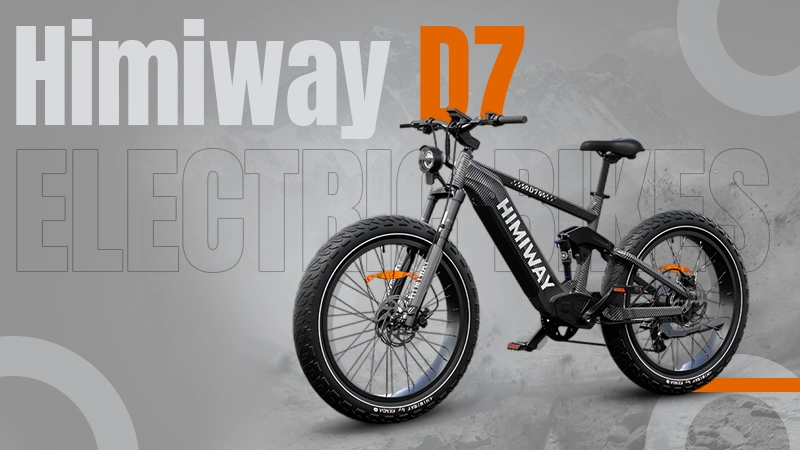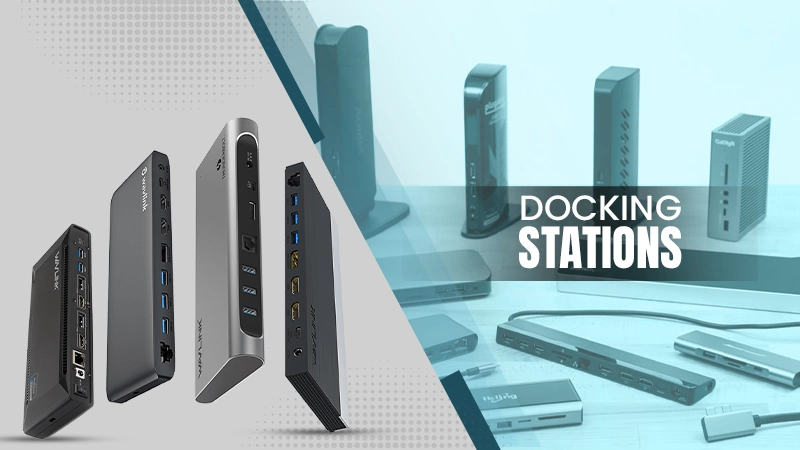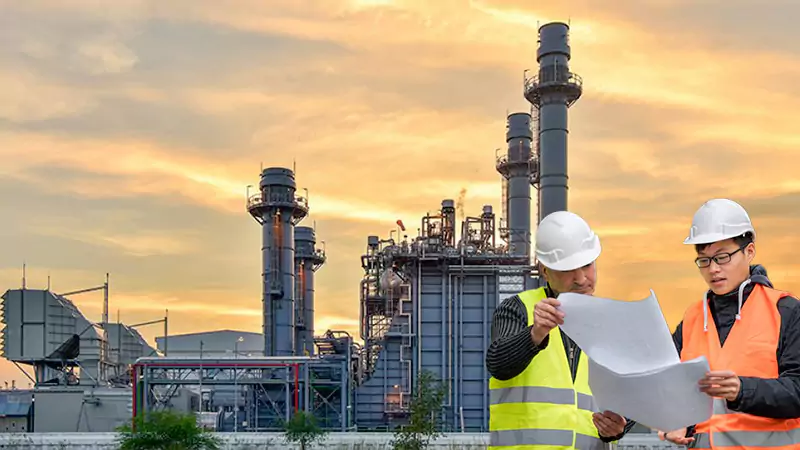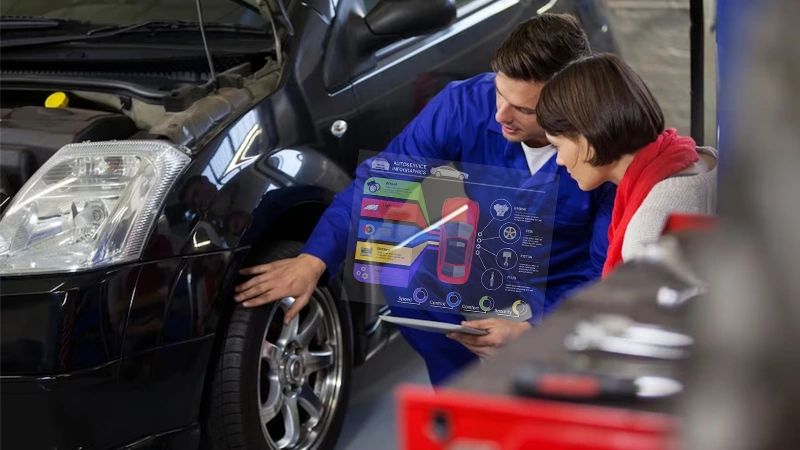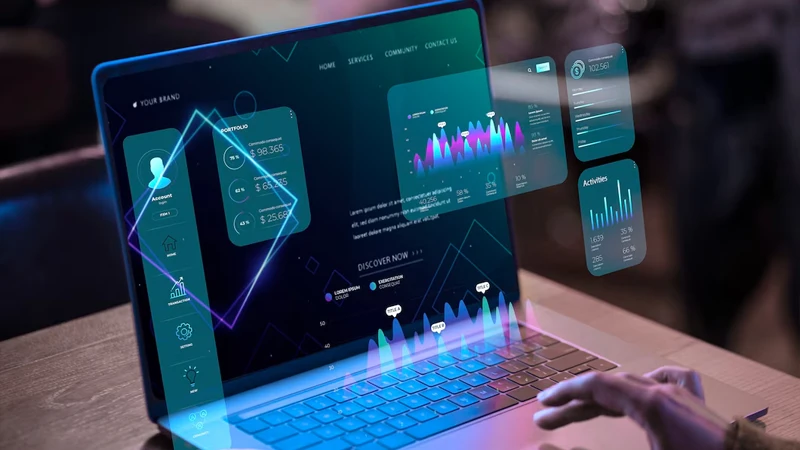The Role of Commercial Power Transformers in Renewable Energy Systems
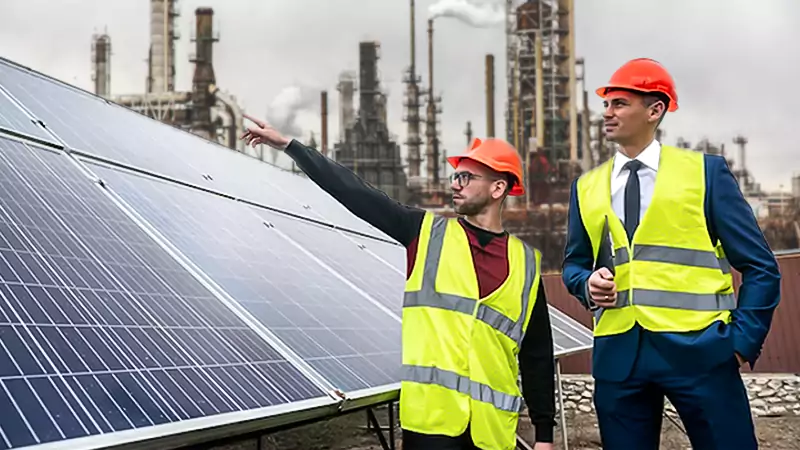
Key Takeaways:
- Commercial power transformers change the voltage level from renewable systems to match the voltage requirements of the electrical grid.
- They ensure smooth, efficient, and consistent power transfer, ensuring the safe and efficient distribution of electricity.
As we know, gas turbine power in industrial applications is highly efficient in generating energy, but we can’t ignore the increasing environmental concerns and the decreasing level of fossil fuels. That’s why renewable energy systems have gained significant popularity in recent years. These systems harness the power of natural resources such as sunlight, wind, and water to generate electricity.
However, to make this electricity usable in our homes, businesses, and industries, it needs to be converted to a suitable voltage level. That’s when cost-cutting techniques of commercial power transformers come into the scenario.
Let us take a closer look at the role of these transformers in renewable energy systems, as well as some future developments.
Commercial Power Transformers: Overview and Types
Commercial power transformers for electricity are electrical devices that are used to generate energy between two or more circuits. They are typically used in the transmission and distribution of electricity from power plants to end-users.
Also, they are responsible for changing the voltage level of the electricity generated by renewable energy systems to match the voltage requirements of the electrical grid. This maintains the stability and reliability of the electrical grid and regulates voltage fluctuations to prevent overloading or any outages.
There are several types of commercial power transformers used in renewable energy systems:
- Distribution Transformers
These transformers are used to step down the voltage from high transmission levels to lower distribution levels and are typically installed on utility poles or within substations to supply power to homes, businesses, and other facilities.
- Generator Step-Up Transformers
These transformers are connected directly to power generators, such as wind turbines or solar photovoltaic systems, and step up the voltage produced by the generators to a higher level for transmission to the grid.
- Interconnection Transformers
They are used in systems where sustainable energy sources are connected to the utility grid and help to ensure the proper synchronization and voltage matching between the renewable energy system and the grid.
- Converter Transformers
In systems where sustainable energy is converted from AC to DC or vice versa, converter transformers are used. They regulate voltage and facilitate the conversion process.
- Offshore Transformers
They are specifically designed for use in offshore renewable energy systems, such as offshore wind farms, and are built to withstand harsh environmental conditions and ensure reliable power transmission from offshore turbines to the onshore grid.
- Pad-Mounted Transformers
These are commonly used in small-scale renewable energy systems, such as residential solar installations. Pad-mounted transformers are compact and designed for outdoor installation.
All these commercial power transformers save Billions in wasted electricity by facilitating the efficient transmission and distribution of voltages to meet the growing demand for clean and sustainable power.
Role of Commercial Power Transformers in Renewable Energy Systems
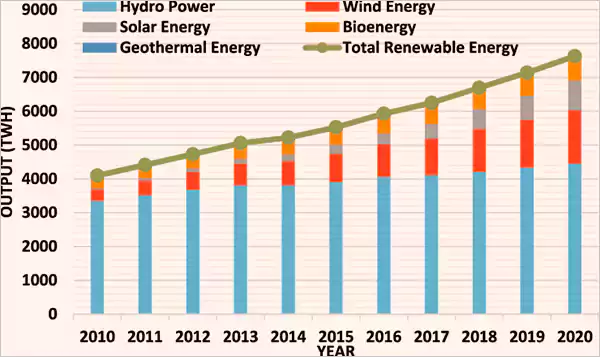
Commercial power transformers play an important role in reducing the greenhouse gas effect with low carbon emissions. Their three prime roles in renewable energy transmission and distribution are as follows:
- Efficient Transmission of Energy
Power transformers are used to step up the voltage from renewable energy sources to match the grid voltage. This reduces the loss during energy transmission over a long distance and ensures the efficient transmission of electricity. They are an efficient source for the environment, as Marine energy is the final frontier of renewable energy.
- Grid Integration
These transformers help bring renewable energy into the existing grid, allowing for the integration and distribution of power generated from solar, wind, or hydroelectric sources. They aid in managing and stabilizing the fluctuating nature of renewable energy sources by providing voltage regulation and allowing the smooth flow of electricity.
- Power Storage System
Another important role of transformers is that they can help balance the generation and demand of power by storing excess supply during periods of low demand and releasing it during peak cycles.
Also Read: How Can Electric Bikes Improve Your Commute and Overall Health?
Challenges and Future Outlook of Transformers in Renewable Energy
These transformers are facing several difficulties as renewable energy scenarios due to environmental concerns and other short-term fluctuations. Some of such challenges and future developments are mentioned below:
- Integration Issues
One of the prominent challenges in renewable energy is to integrate numerous energy sources into the grid. As the number of installations grows, interoperability and broader system compatibility must be considered.
- Environmental Sustainability
With the rising concern about environmental issues, it is necessary to design the next-gen transformers with more eco-friendly and biodegradable materials. The manufacturing process must be focused on lower carbon emissions and higher power efficiency.
Furthermore, it is also required to have continuous R&D to enhance longevity and sustainability.
Conclusion
This article taught us the importance of commercial power transformers in renewable energy systems and the financial rationale behind renewable energy.
Their importance in ensuring grid stability, energy efficiency, and seamless integration of sustainable energy cannot be overstated. As technology advances, its role is likely to adapt and expand, thereby promoting the growth of sustainable energy and a sustainable future.
FAQs
Ans: In renewable energy applications, mainly inverter transformers, power transformers, and distribution transformers are used.
Ans: Solar panels use step-up or boost transformers that increase the voltage levels.
Ans: They are commercially used for power generation, distribution, and transmission.
Ans: These turbines work with both liquid-filled and dry-type transformers.
Sources
